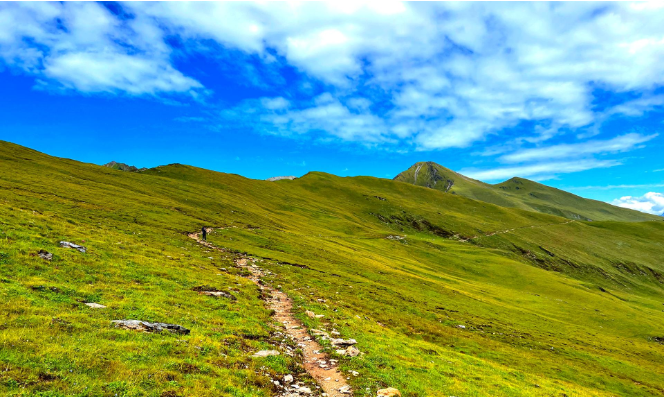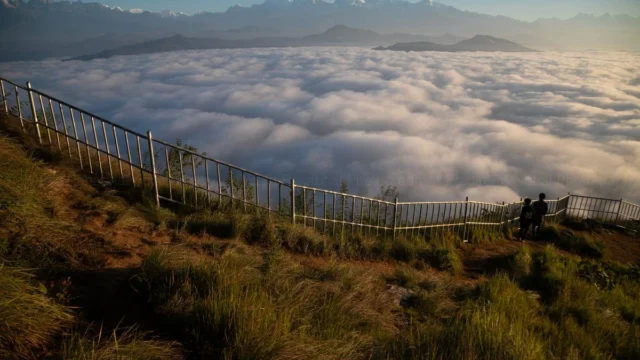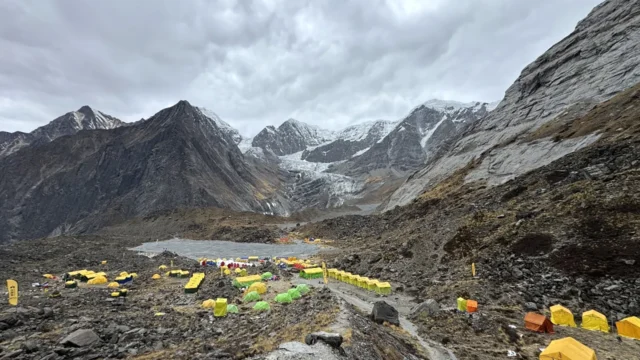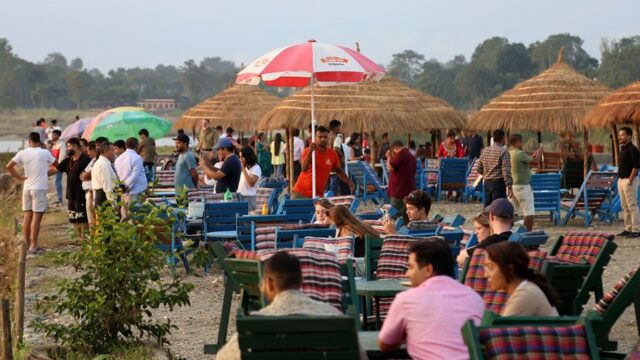Despite the influx of visitors to popular trekking routes during festival season, the “Guerilla Trek,” known as a hidden gem among locals, remains largely untouched. Officially mapped out in 2011 and launched in 2016 by former Prime Minister Pushpa Kamal Dahal in Rukum East’s Chunwang, the trek has not seen anticipated growth due to limited promotion and insufficient infrastructure.
Spanning the districts of Baglung, Myagdi, Rukum East, and Rolpa, the trek’s unique routes and historical significance connect scenic mountain views with the cultural remnants of Nepal’s Maoist conflict. Krishna Prasad Acharya, President of the Trekking Association of Nepal (TAAN) Gandaki, emphasized the trek’s potential as an alternative route that could become a cornerstone for tourism development in Gandaki and Lumbini Provinces. “Developing this trail could significantly boost tourism, especially as traditional routes face degradation,” he stated.
Dhorpatan Hunting Reserve, Nepal’s only hunting reserve, lies along the Guerilla Trek, and TAAN officials stress its cultural and ecological richness. However, high travel costs, lack of necessary amenities, and the rugged distance have deterred potential visitors. Acharya pointed out that initial efforts by TAAN and other tourism-related organizations have dwindled, calling for the federal and local governments to invest in infrastructure and create traveler facilities along the trail.
Surendra Rana, a member of the original mapping team, noted the absence of governmental prioritization for the trek, which is cataloged in a guidebook and map. “The trail needs the support of all concerned bodies to build foundational facilities,” Rana said, highlighting renewed hope after this year’s government budget allocation for the trek’s tourism program.
Guides like Tika Gurung have highlighted the trek’s diverse geography, local Magar settlements, traditional art forms, and cultural vibrancy. “Branding the Guerilla Trek could introduce new tourism opportunities for Nepal, especially as other trekking routes shorten or lose prominence,” he remarked, noting his solo 35-day trek experience along this route, which he described as unique and enriching.
The Guerilla Trek offers multiple itineraries, from a 14-day route beginning in Beni, Myagdi, to Sulichaur via Taksera and Thawang, to longer routes spanning up to 27 days that extend into Western Rukum. The paths traverse historical locations, including Maoist shelters, bunkers, and former training centers, providing travelers with glimpses into Nepal’s conflict history alongside awe-inspiring mountain views of the Annapurna, Dhaulagiri, and Churen peaks.
As the government and tourism associations unite to invest in trail development and promotion, the Guerilla Trek holds promise to become a key destination that enriches Nepal’s cultural and historical tourism. For adventurers and researchers alike, this trek not only showcases untouched natural beauty but also serves as a classroom on the country’s socio-political journey.
Source: RSS






